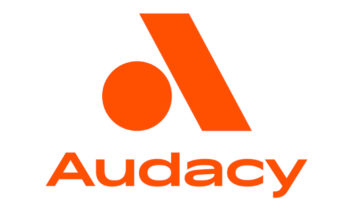Davis Media President/GM Tom Davis is on a mission to save local radio. His solution is an approach he calls “Local Convergence,” in which radio stations turn their websites into preferred sources of local news, weather, sports and community-specific issues.

“We believe the winners in this new multimedia age will transform from being broadcasters to becoming true local media companies,” Davis says. “By doing this, they will drive visitors to their digital platforms using the power of radio — and generating more revenues on both as a result.”
Davis has put his money where his mouth is. Specifically, he has applied the process to his two Williamsburg, Va., radio stations — WTYD “92.3fm The Tide” and WBQK “BACHfm 107.9” — and Davis Media’s digital local newspaper, the WY Daily (“WY” for Williamsburg Yorktown).
Both radio sites have prominent graphic links to the WY Daily, giving surfers a clear route to a comprehensive local news source. The Tide’s website also emphasizes hometown sports and numerous archived MP3 interviews with “Local Guests” and “The Smartest People to Visit Us on Hometown Radio.”
Davis Media’s radio sites also have large iconic links to each other’s web streams. Overall, when you start on one of the Davis Media sites, you soon find yourself clicking over to one of the other two, and back again, and so forth. This interconnected approach is underpinned by Davis’ “Hometown Driver” concept.
In this instance, the “driver” is local (hometown) radio, which “drives” (sends) people to Davis Media’s three websites. In turn, the sites drive people’s interest in The Tide and BACHfm when they’re in the car or listening at home or work. And ’round and ’round it goes.
“Radio stations have always been exceptional drivers,” Davis said. “In particular, it can drive people to a website as long as the reason for going there has value.”
Why use radio to anchor local media companies, rather than print or TV? The answer is money: “Radio is by far the best mass media to drive traffic to local websites and form media companies because it doesn’t have the same costly infrastructure found in newspapers and television.
“Furthermore, local content on the radio provides both valuable programming while at the same time driving listeners to a website,” Davis contends.
“Newspapers, being flat and emotionless, cannot drive Web traffic the way radio can. Television has too many restrictions on programming and local air time to insure the frequency of driving web traffic through content. Only radio can do this.”
The validity of any good concept can be found in its application in the real world. So, having applied the Local Convergence concept to business for three years, what results does Davis Media have to show for its efforts?
Plenty, Tom Davis replies. First, the WY Daily has “the most readers of any news source in the market,” he says. Second, Davis Media achieved 34 percent revenue growth last year, “21 percent of it directly from our digital platform without any ‘cannibalization’ of revenue from our radio stations — and all profitable,” Davis said.
“While the rest of the country keeps saying, ‘We need to figure out a model to monetize digital platforms and make money with newspapers’, we’ve been doing it,” Davis concludes, “year after year.”












